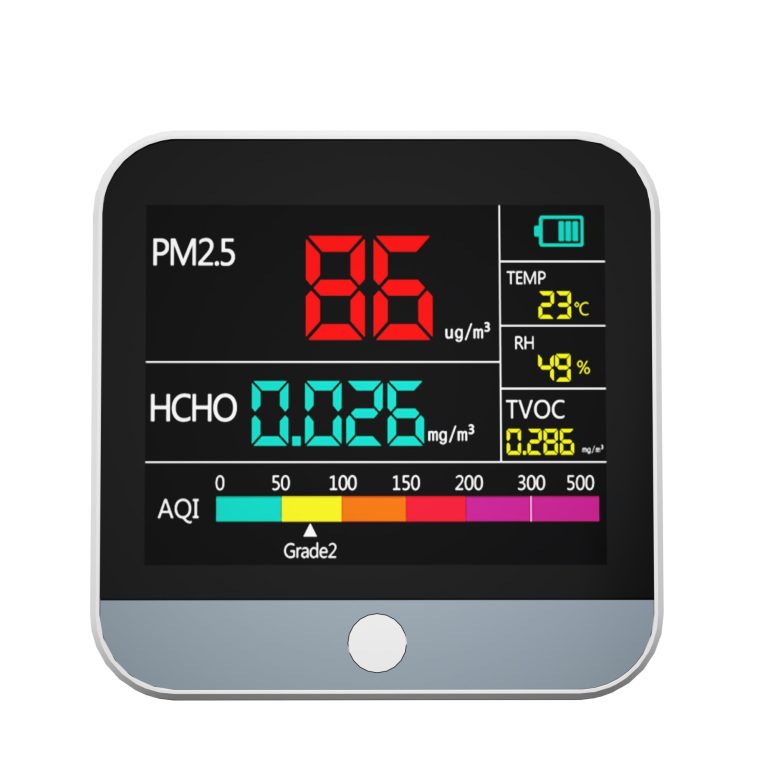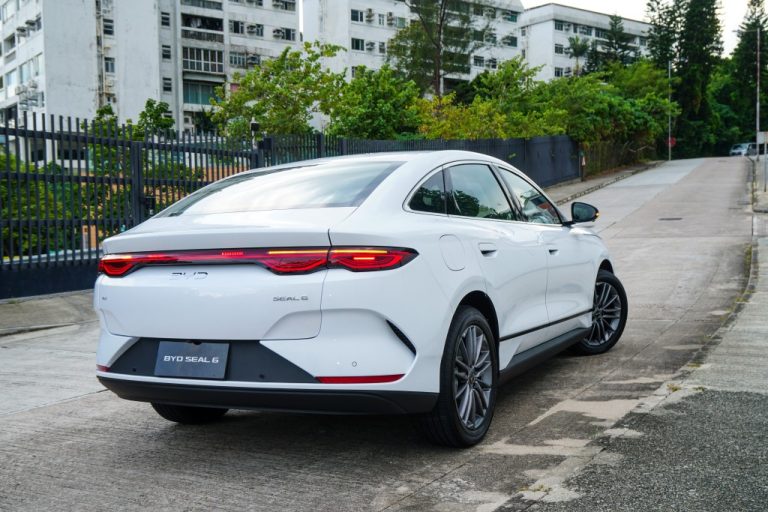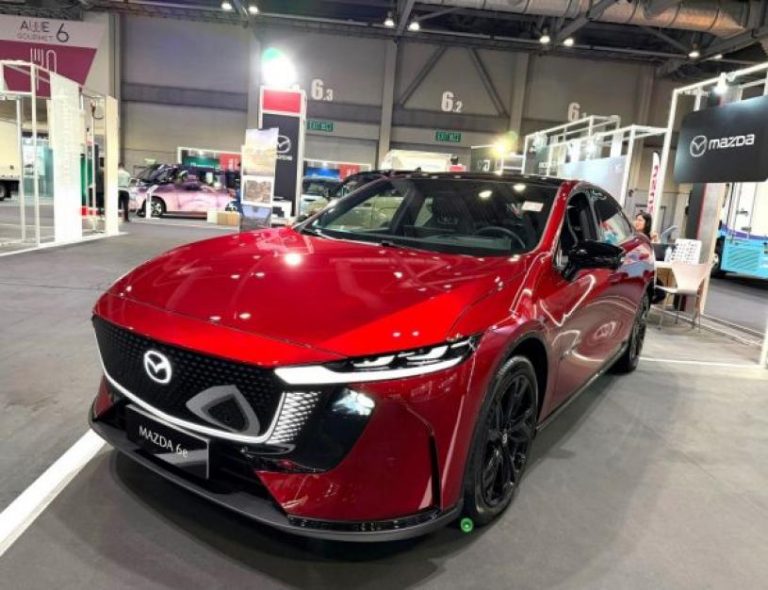Introduction: Exploring the Future of Battery Technology with Blade Batteries
Electric vehicles (EVs) are becoming more popular every day, and the batteries that power them are a big part of their success. A new type of battery called the Blade Battery is making waves in the EV world. Developed by a company called BYD, this battery promises to be safer, cheaper, and better for the environment. In this article, we’ll explain what Blade Batteries are, why they’re safer, how they compare to current batteries, and what they mean for the future of EVs.
How Blade Battery Technology Works: A Deep Dive into Its Architecture
Blade Batteries are a type of lithium-ion battery, but they’re designed differently. Instead of small, round cells, they use long, flat cells that look like blades. These cells are packed tightly together inside the battery pack, which saves space. This design also helps the battery stay cool because heat can escape more easily. Plus, Blade Batteries don’t use cobalt, a material that’s expensive and hard to get. This makes them cheaper to make and better for the planet.

Why Blade Batteries Are Safer: A Comparative Analysis with Current Battery Technologies
Safety is a big concern with EV batteries because they can overheat or catch fire if damaged. Blade Batteries are safer than many current batteries for a few reasons. First, their flat design helps spread out heat, so they don’t get as hot. Second, they’ve been tested to handle tough conditions, like being punctured, without catching fire. Regular lithium-ion batteries, like those in many EVs today, often use small cells that can overheat or explode if damaged. Blade Batteries are made with a special chemistry called lithium iron phosphate (LFP), which is less likely to burn compared to other materials used in batteries.
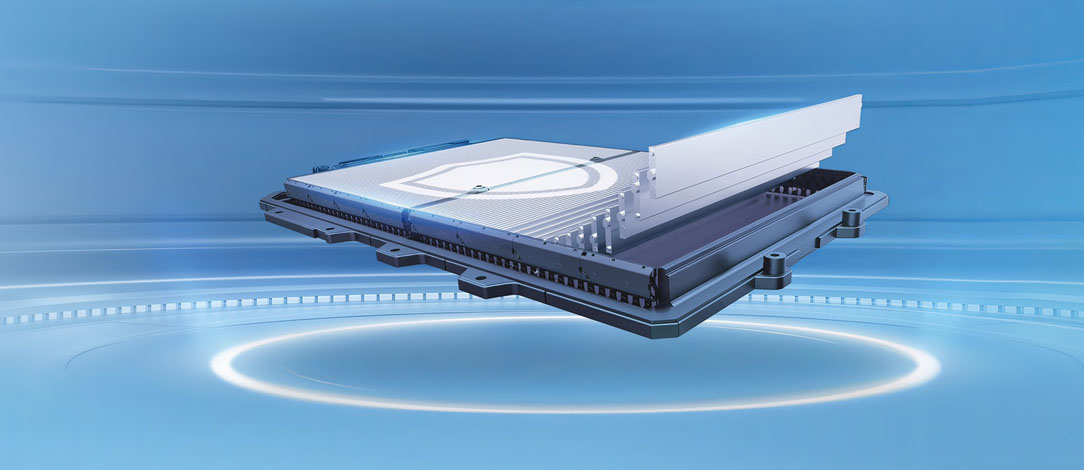
The Impact of Blade Battery Technology on the EV Market
Blade Batteries could change the EV market in a big way. Because they’re safer and cheaper to make, car companies can sell EVs at lower prices. This means more people might be able to afford electric cars. Also, since Blade Batteries take up less space, carmakers can design EVs with more room inside or better shapes. Plus, these batteries last longer, so drivers won’t need to replace them as often. This could make EVs more popular and help reduce pollution from gas-powered cars.
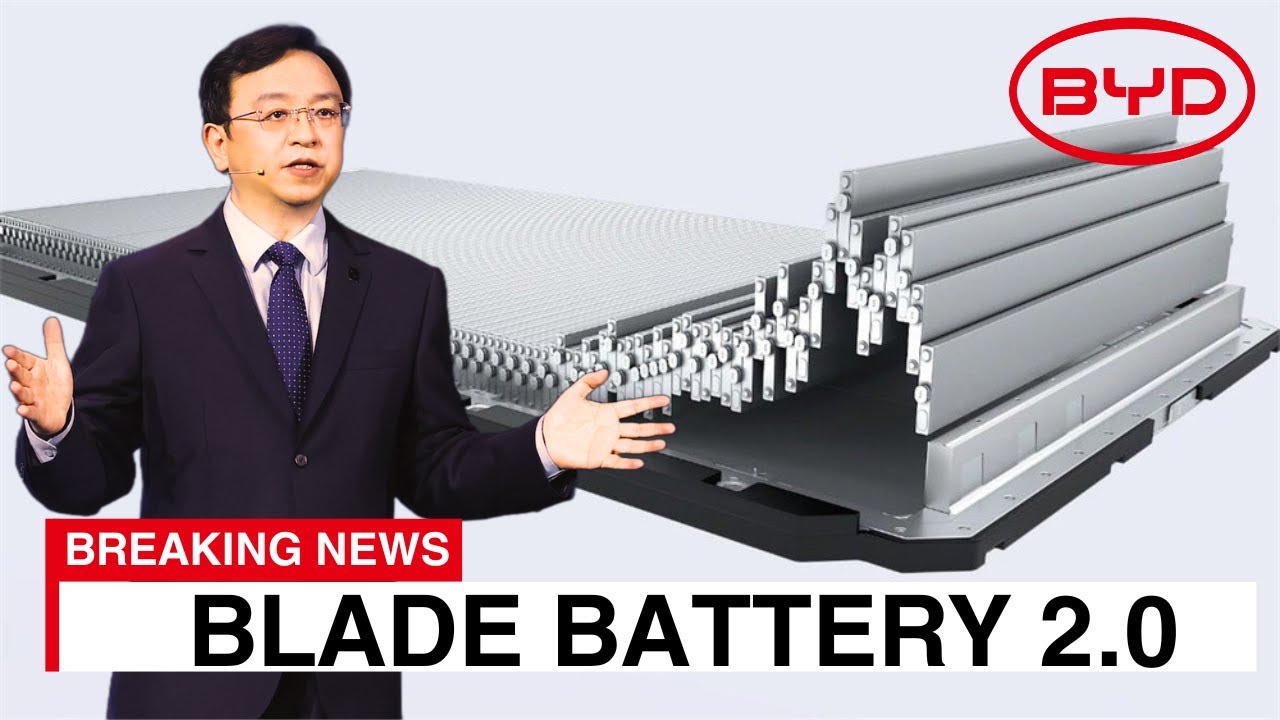
Release Date and Cost Breakdown: When and How Much?
Blade Batteries are already being used in some EVs made by BYD, a Chinese car company. They started rolling out in 2020, and more cars with these batteries are expected in the next few years. Other companies, like Tesla, are also looking into similar technology, so we might see Blade Batteries in more brands soon. As for cost, Blade Batteries are cheaper to produce than traditional batteries because they don’t use expensive materials like cobalt. While exact prices depend on the car model, experts say these batteries could lower the cost of EVs by 20-30% over time. That’s a big saving for buyers!
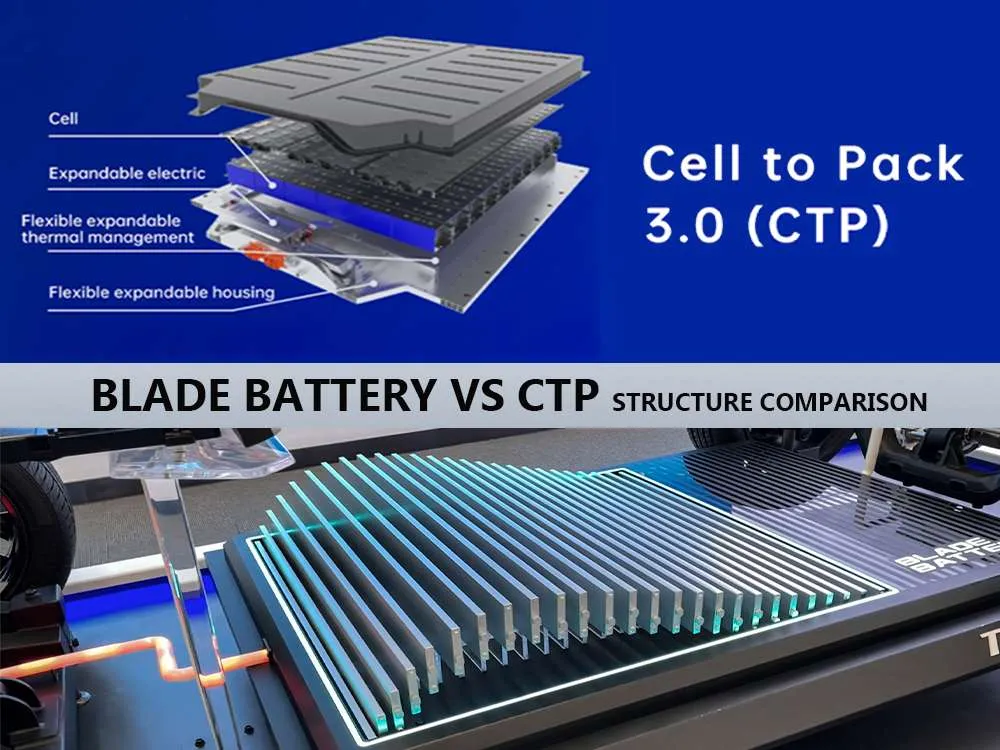
Challenges and Future Outlook for Blade Battery Adoption
Even though Blade Batteries sound great, there are some challenges. Not all car companies are ready to switch to this new technology because it means changing how they build their cars. Also, while Blade Batteries are safer, they might not store as much energy as some other batteries, which could mean shorter driving ranges for EVs. But as technology improves, these issues might get solved. In the future, we could see Blade Batteries in more cars, buses, and even trucks as companies work to make them better.
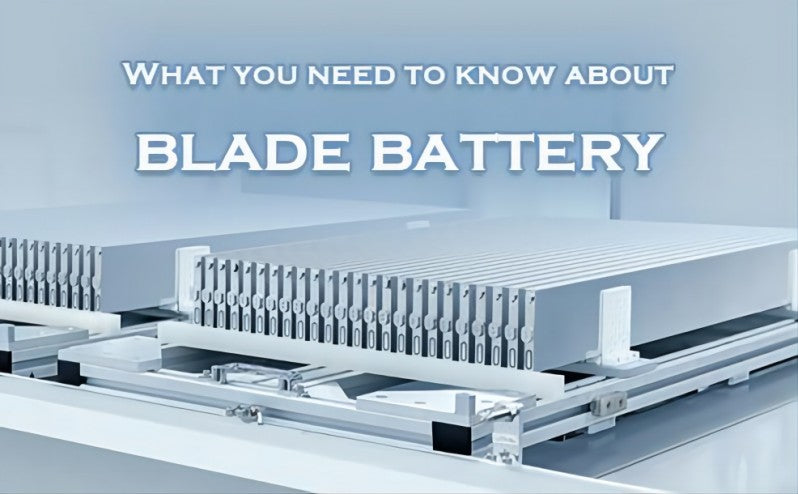
Environmental Impact and Sustainability of Blade Batteries
Blade Batteries are better for the environment than many current batteries. Since they don’t use cobalt or nickel, they’re easier to recycle and don’t harm the planet as much during production. Mining cobalt often hurts the environment and involves unfair labor practices, so avoiding it is a big plus. Also, because Blade Batteries last longer, there’s less waste from replacing old batteries. This makes EVs with Blade Batteries a greener choice for drivers who care about the planet.
Conclusion: The Role of Blade Batteries in Shaping the EV Industry
Blade Batteries are an exciting step forward for electric vehicles. They’re safer, cheaper, and better for the environment than many batteries used today. While there are still some challenges to work out, their impact on the EV market could be huge, making electric cars more affordable and popular. As more companies adopt this technology, we can expect a cleaner, safer future for transportation. Keep an eye on Blade Batteries—they might power the next car you see on the road!

